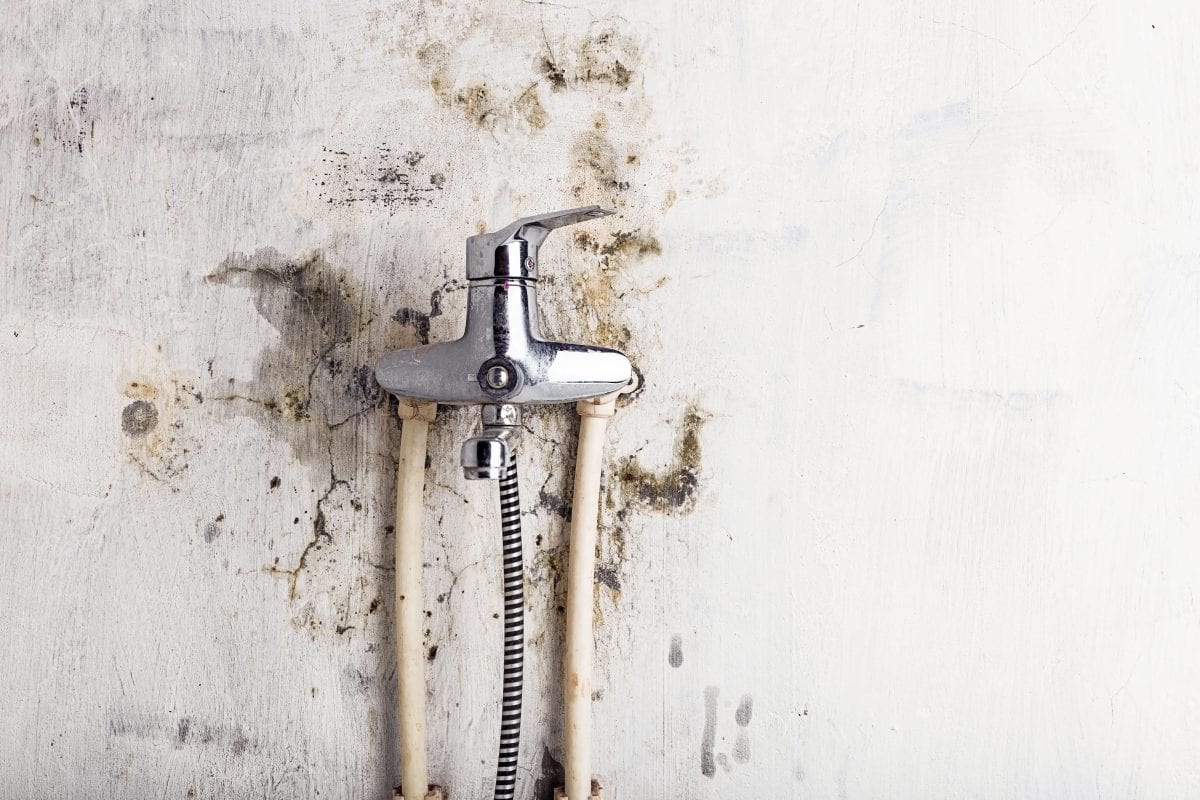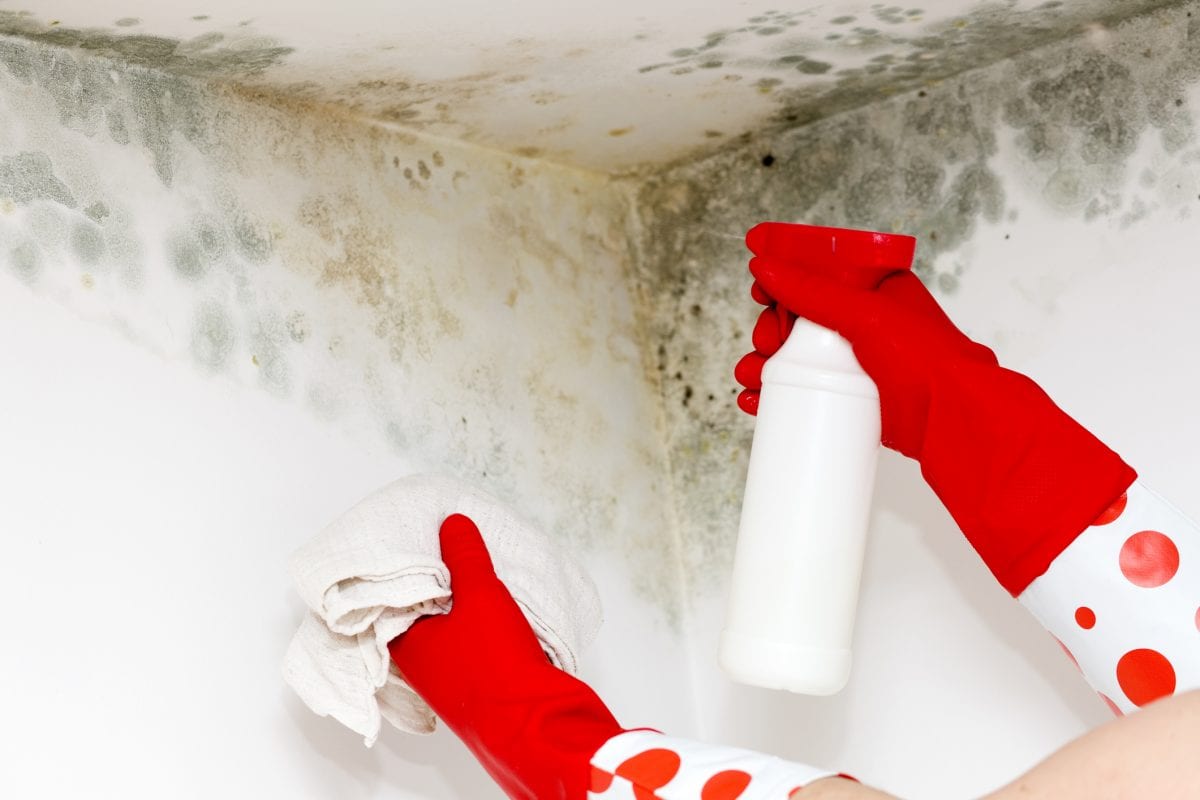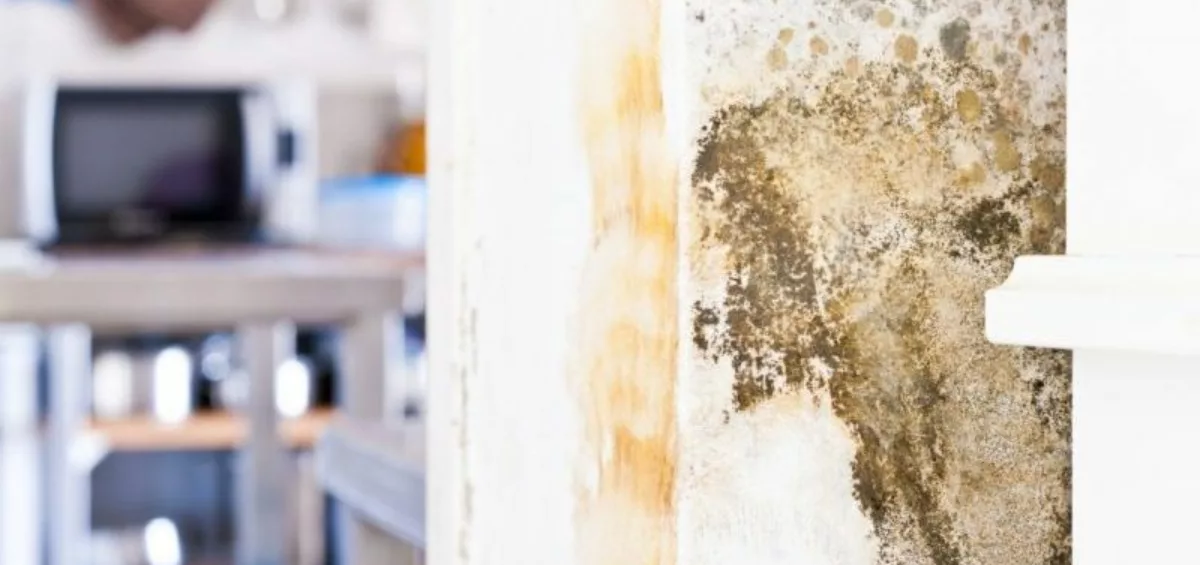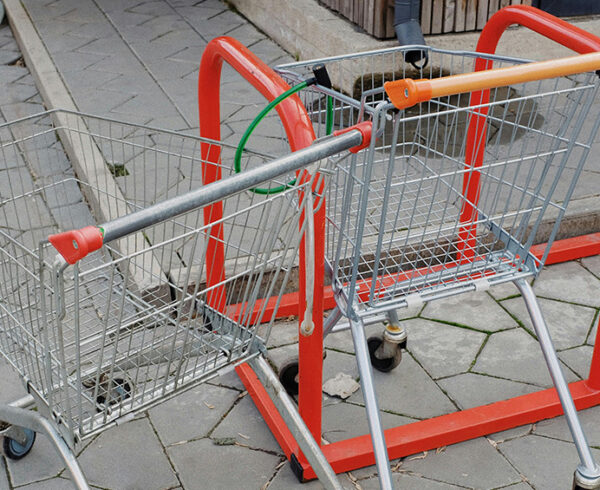Many of us spend upwards of 12 hours per day at home, so it is crucial to ensure that no harmful agents within our homes are affecting our health. Worried you are suffering from mould in your house? Keep reading to find out how mould can affect your day to day health.
How does mould occur?
Mould occurs in damp and poorly ventilated houses and is even more likely to occur in overcrowded and poorly heated or insulated homes. Therefore, low income or rental properties are more likely to have mould due to poor maintenance. Another factor that can affect mould levels is climate change and its effects on the weather (storms, heavy rainfall and floods). Mould isn’t just unsightly and an inconvenience to live with, it can also have a negative impact on our health.

One of the most common types of mould is “black mould”. This can grow on water-damaged building materials and produce toxic spores that are harmful when inhaled.
How does mould affect my health?
Some ways in which mould can affect your health is by inflaming the airways, causing nasal congestion, wheezing, chest tightness, coughing, throat irritation, and reducing lung function.
Furthermore, asthma and allergy sufferers can sometimes experience more severe symptoms if they come into contact with mould. According to the World Health Organisation, (WHO), a considerable portion of the world’s 300 million cases of childhood asthma are attributable to indoor dampness and mould
Scientists are still working in accurate ways to measure indoor mould levels, so no safe levels of indoor dampness and/or mould have yet been defined. This means that official health-based standard or guidelines do not yet exist in relation to mould levels in the home, which could be a reason why many landlords don’t take tenant complaints about mould as seriously as maybe they should.
How can I identify mould in your home?
Signs of mould can include:
- visible mould on interior walls and other surfaces
- mould odour
- water stains and frequent condensation
- peeling or cracked paint or wallpaper
- a damp basement
- standing water under or around the house.

How can I prevent mould?
To prevent or minimise mould accumulation you can make sure that your home has adequate heating and, in colder climates, by insulating your home to reduce air humidity levels and condensation. It is also important to have appropriate ventilation, particularly in wet areas or areas where water vapour may be emitted, for example, bathrooms, laundry rooms, and kitchen areas. Open windows when showering, bathing, drying laundry or cooking. Furthermore, it is critical to avoid water leaks by controlling and maintaining rain and surface water drainage. When holes are created in the roof or walls to allow skylights, windows, doors, pipes or other structures to be fitted, make sure these are watertight. As a tenant, any structural works that your home requires to be done to stop mould from forming (or returning) is the responsibility of your landlord.
What should I do if i have mould?
If you are renting – whether that’s private or social housing – your landlord should remove visible mould and identify the cause, or get in expert contractors to do so. Hard surfaces can be cleaned of mould by using soap and water or, if mould growth is persistent, a bleach solution could be used. However, absorbent materials such as carpets, may need to be replaced entirely, depending on the level of contamination.
If you live in rented housing and have mould in your property, it’s important that you take steps to reduce any further build up and also inform your landlord as soon as possible about the problem. If you have repeatedly reported damp and mould in your home to your landlord but they don’t seem to be taking your complaints seriously, you may be eligible to make a claim against them. A successful claim would mean they are ordered to make the necessary repairs and make good any decoration that has been affected by the issue e.g. replacing mouldy carpet.













